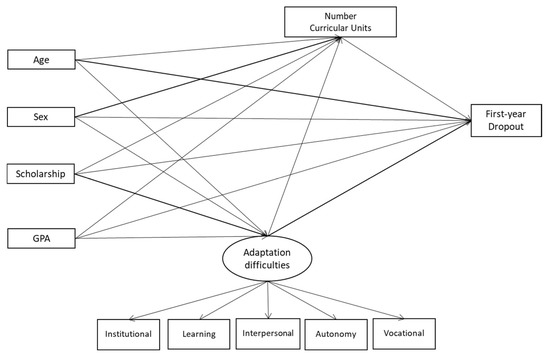STEM (Science, Technology, Engineering, and Mathematics) is shaping the future, yet too many students leave these fields before completing their degrees. The numbers paint a concerning picture: nearly 46% of first-year STEM students with lower high school GPAs drop out of their programs, compared to only 14% of their peers with higher GPAs. This loss of talent doesn’t just affect individuals—it has lasting consequences for industries, innovation, and economic growth.https://www.mdpi.com/sustainability/sustainability-15-01253/article_deploy/html/images/sustainability-15-01253-g001-550.jpg
So, what’s driving students away from STEM, and more importantly, how do we change that?

Why Are Students Dropping Out of STEM?
Research shows that STEM attrition is often caused by systemic challenges rather than a lack of interest or capability. Some of the most common reasons include:
1. Overwhelming Course Load & Teaching Methods
STEM programs are notoriously rigorous, often relying on lecture-heavy, theory-based teaching that can be discouraging. A 2020 study published in the Proceedings of the National Academy of Sciences found that active learning strategies—where students engage in hands-on problem-solving—can reduce achievement gaps in exam scores by 33% and lower failure rates by 45% in STEM courses.
2. Lack of Support & Belonging
STEM can feel isolating, especially for women, minorities, and first-generation students. One in three women in STEM reports feeling unwelcome in their program. Without mentorship, peer networks, or accessible academic support, students are more likely to feel out of place—and leave.
3. Financial Barriers
STEM degrees often take longer to complete, leading to higher education costs. A study found that students from low-income backgrounds are twice as likely to drop out due to financial strain (NSF). While scholarships exist, many students struggle to balance work and academics, making retention even harder.
4. Misaligned Expectations & Career Uncertainty
Many students enter STEM excited about innovation but feel disillusioned by coursework that doesn’t seem relevant to real-world applications. Additionally, a lack of career guidance leaves students uncertain about job prospects, leading them to reconsider their choices.
How Do We Keep More Students in STEM?
1. Transform How STEM is Taught
- Hands-on learning: Institutions should move beyond traditional lectures and integrate project-based learning, labs, and collaborative problem-solving into curricula.
- Early exposure to research: Getting students involved in real STEM work early on boosts retention and confidence.
2. Build Stronger Support Networks
- Mentorship programs: Connecting students with professionals in the field helps them navigate challenges and career pathways.
- Peer communities: Study groups and student-led STEM organizations create a sense of belonging that keeps students engaged.
- Diversity & inclusion initiatives: Representation matters—when students see people like them thriving in STEM, they’re more likely to stay.
3. Reduce Financial Barriers
- More scholarships & grants targeted at underrepresented STEM students.
- Paid internships & research opportunities to ease financial pressure while giving students hands-on experience.
- Flexible learning options like online or part-time programs to accommodate different needs.
4. Bridge the Gap Between Education & Careers
- Career counseling & industry exposure: Showing students the real-world impact of their work helps them stay motivated.
- Stronger university-industry partnerships: Companies should collaborate with universities to offer internships, projects, and mentorships that align with workforce needs.
Final Thoughts
We can’t afford to lose talented STEM students to outdated systems, financial barriers, and lack of support. Keeping students engaged requires structural change—from the way we teach STEM to how we support students at every stage of their journey.
It’s time for educators, policymakers, and industry leaders to step up and create an environment where every student has the tools and support to thrive in STEM.
What changes do you think would make the biggest difference?




